Google is pushing the boundaries of visual search once again, but this time they're doing it behind closed doors. While millions of Android users rely on Circle to Search daily, Google is secretly testing a feature that could fundamentally change how we interact with visual content on our devices. The tech giant is integrating follow-up capabilities into their popular visual search tool, creating a more conversational and intelligent search experience that goes far beyond simple identification.
This development comes at a crucial time in the search landscape, where competitive pressures are reshaping user expectations. Google currently handles over 15 billion searches daily and maintains roughly 90% of global search market share, but more than half of U.S. adults have used AI language models like ChatGPT as of March 2025, with many treating these tools as search engines rather than traditional chatbots. This shift in user behavior signals why Google's secret testing of enhanced Circle to Search capabilities represents more than just feature updates—it's their strategic response to maintaining search dominance in an AI-first world.
The implications extend deep into Google's broader AI investment strategy. Google is reportedly investing $75 billion in AI to strengthen their search capabilities, and these Circle to Search enhancements represent a key component of that investment. By enabling effortless follow-ups within their visual search platform, Google is essentially creating a bridge between traditional search and conversational AI experiences—keeping users within their ecosystem rather than losing them to standalone AI assistants.
Why follow-up capabilities matter for visual search
The integration of follow-up functionality into Circle to Search addresses a fundamental limitation in current visual search experiences. Traditional visual search tools excel at identification but struggle with context and continuation. Circle to Search currently allows users to draw a circle around anything on screen and look it up without much effort, but the conversation typically ends there.
Here's the thing—most people don't just want to know what something is. They want to understand why it matters, how it works, or where they can get it. That's where Google's testing becomes really interesting. When you circle a complex diagram, you don't just want identification—you want explanations of each component, related concepts, and practical applications. Without follow-up capabilities, users often abandon the visual search interface entirely, switching to text-based searches or separate AI chat applications to continue their exploration.
Recent updates have already begun integrating AI Mode capabilities into Circle to Search, allowing users to access deeper exploration through a dedicated "dive deeper with AI Mode" option. This represents a significant evolution from the tool's original design, which was primarily focused on quick identification tasks. Now, instead of treating visual search as a one-shot interaction, Google is building the foundation for sustained, contextual conversations that begin with a visual element.
What makes this particularly clever is how it leverages existing user behavior while expanding capabilities. People are already comfortable with the gesture-based Circle to Search interface—now Google is simply extending that familiar interaction into more sophisticated territory without requiring users to learn entirely new workflows. AI-driven search currently accounts for about 5.6% of desktop search traffic in the U.S., but by embedding conversational capabilities directly into visual search, Google positions themselves to capture users who might otherwise turn to dedicated AI chat interfaces for deeper exploration.
What we know about the secret testing
While Google hasn't officially announced the full scope of their Circle to Search follow-up testing, several indicators point to significant developments happening behind the scenes. The company announced on July 9, 2025, that they were integrating AI Mode capabilities into Circle to Search, but this appears to be just the beginning of a larger transformation that goes well beyond what's currently visible to users.
The testing environment reveals Google's methodical approach to conversational visual search. Users can now activate enhanced features through the familiar Circle to Search interface, with the system intelligently determining when AI responses would be most helpful. When appropriate conditions are met, an AI Overview appears in search results, followed by the option to "dive deeper with AI Mode" for follow-up questions and extended exploration. This selective triggering suggests sophisticated backend analysis that evaluates content complexity and user intent to optimize when conversational features appear.
Now here's where it gets technically interesting. AI Mode uses query fan-out techniques, breaking down questions into subtopics and issuing multiple simultaneous queries on behalf of users. This architecture allows the system to provide more comprehensive responses while maintaining the speed and convenience that made Circle to Search popular in the first place. Imagine circling a complex diagram and not just getting identification, but also explanations of each component, related concepts, and practical applications—all without having to manually formulate follow-up questions.
The technical infrastructure behind this is built on Google's Gemini family, especially Gemini 1.5, capable of understanding long contexts, handling diverse content types, and reasoning with nuance. This means the follow-up conversations can maintain context across multiple exchanges while processing visual, textual, and conceptual information simultaneously. The system can remember what you originally circled, understand the progression of your questions, and provide increasingly sophisticated responses that build on previous interactions.
What's particularly intriguing is how Google is handling the rollout strategy. The enhancements are currently available in countries where AI Overviews are accessible, with AI Mode access specifically available in the United States and India. This selective deployment suggests they're carefully monitoring user interactions and refining the experience based on real-world usage patterns before broader expansion.
The competitive landscape driving innovation
Google's secretive approach to testing these features reflects the intense competitive pressure they're facing in the AI search space, where the stakes have escalated dramatically since Microsoft's bold moves. Microsoft partnered with OpenAI, investing over $13 billion, and integrated GPT-4 into Bing in early 2023, creating immediate pressure for Google to respond with their own AI-enhanced search capabilities.
The competitive impact has been substantial and measurable. Within a month of adding AI chat features, Bing exceeded 100 million daily active users, demonstrating clear user appetite for conversational search experiences and validating the market demand that Google's Circle to Search enhancements are designed to capture. This success likely accelerated Google's decision to integrate AI capabilities more aggressively into their existing search interfaces.
But Google's approach differs strategically from Microsoft's frontal assault on traditional search. Rather than creating a separate AI chat experience that competes directly with their core search product, they're embedding conversational capabilities into existing, proven interfaces like Circle to Search. This means users don't have to choose between traditional search and AI search—they get both in a seamless experience that builds on familiar interactions. It's evolution rather than revolution, which may prove more effective for long-term user adoption.
The mobile advantage becomes particularly crucial in this competitive context. Circle to Search is inherently a mobile-first feature, and mobile search behavior tends to be more visual and context-driven than desktop search. By enhancing Circle to Search with follow-up capabilities, Google is essentially creating a conversational visual search experience that competitors will struggle to replicate without similar mobile ecosystem integration. Microsoft's Bing gains have been primarily desktop-focused, giving Google an opportunity to defend and expand their mobile search dominance through these visual AI enhancements.
Looking ahead, the competitive timeline creates urgency for Google's strategy. Industry analysts believe ChatGPT's traffic will surpass Google's by around October 2030, creating a narrow window for Google to evolve their search offerings and retain user loyalty. The Circle to Search enhancements represent one part of Google's broader strategy to maintain their search dominance by making their existing tools more intelligent rather than asking users to adopt entirely new search paradigms.
What this means for the future of search
The secret testing of follow-up capabilities in Circle to Search signals a fundamental shift in how Google views the future of search interaction—from discrete query-response cycles to continuous, contextual conversations that can begin with any visual element. Rather than treating visual search as a separate category, they're integrating it into a broader conversational search ecosystem that spans multiple input methods and interaction styles.
This evolution addresses a critical user behavior shift that traditional search struggles to serve. By 2028, Gartner projects organic search traffic to websites will be down 50% or more as consumers embrace AI search. Google's enhanced Circle to Search capabilities appear designed to capture this shifting demand while keeping users within their ecosystem. Instead of losing users to standalone AI assistants, Google is transforming their existing tools into AI-powered conversation starters.
What's fascinating is how this changes the entire search paradigm. Traditional search was about finding information—you had a question, you got links, you explored further on your own. But conversational visual search transforms this into a guided exploration experience. You can circle something, understand what it is, then naturally progress to understanding why it matters, how it relates to other concepts, or what actions you might take next. The AI becomes a knowledgeable companion rather than just an information retrieval system.
The broader technical architecture supporting these features suggests even more ambitious plans ahead. Google is expanding Gemini into offline capabilities with Gemini Nano for real-time assistance without internet connection, which could eventually enable sophisticated follow-up conversations even when devices are offline. Imagine circling an object in a photo you took yesterday and having detailed conversations about it without any network connectivity—that's the direction this technology appears headed.
This represents Google's answer to a fundamental strategic question: How do you maintain search dominance when users increasingly expect conversational, contextual AI interactions? Their solution appears to be evolution rather than revolution—taking proven interfaces like Circle to Search and gradually expanding their capabilities rather than asking users to adopt entirely new interaction models. By the time competitors recognize the full scope of these enhancements, Google may have successfully transformed their existing user base's search habits while maintaining the familiarity that keeps people loyal to their platform.
The secret nature of Google's current testing likely reflects both competitive sensitivity and the experimental nature of the features being developed. As these capabilities mature and prove their value with test users, we can expect to see broader rollouts that fundamentally change how millions of people interact with visual content on their devices. The question isn't whether this transformation will happen, but how quickly Google can perfect the experience and scale it globally before competitors can mount effective responses.








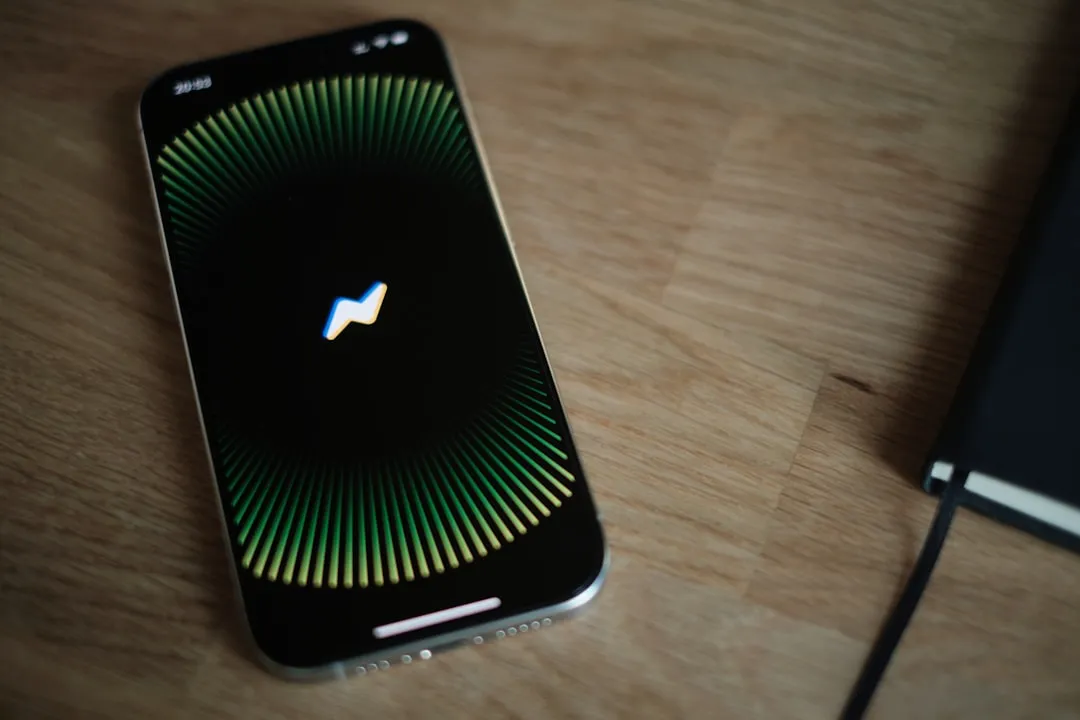

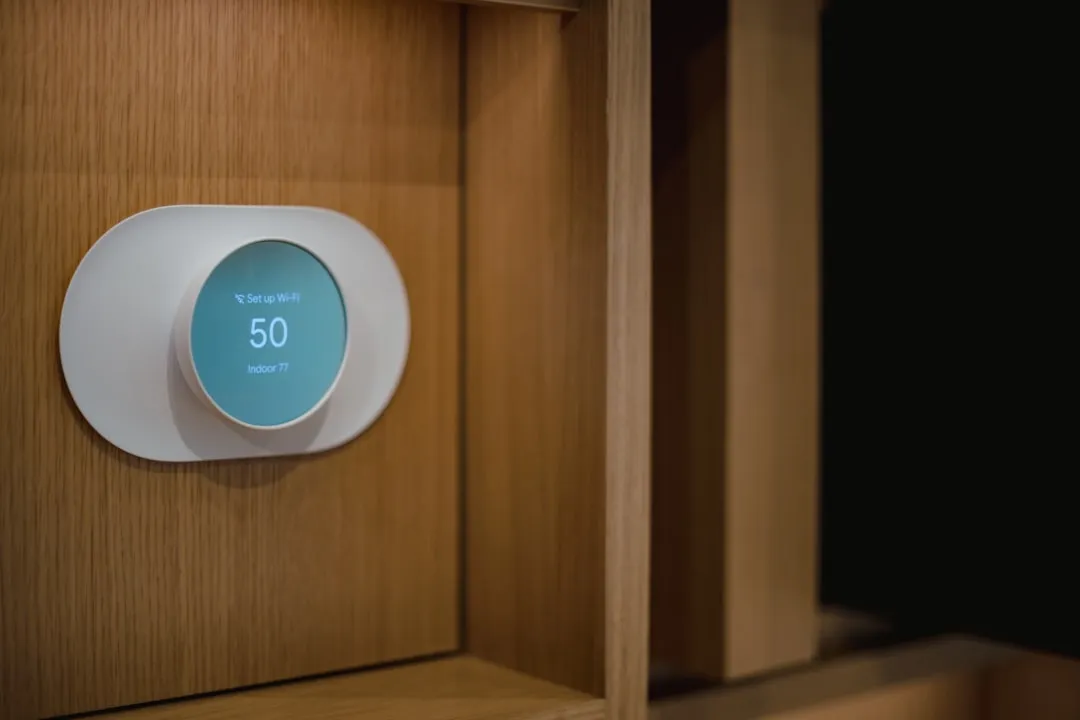


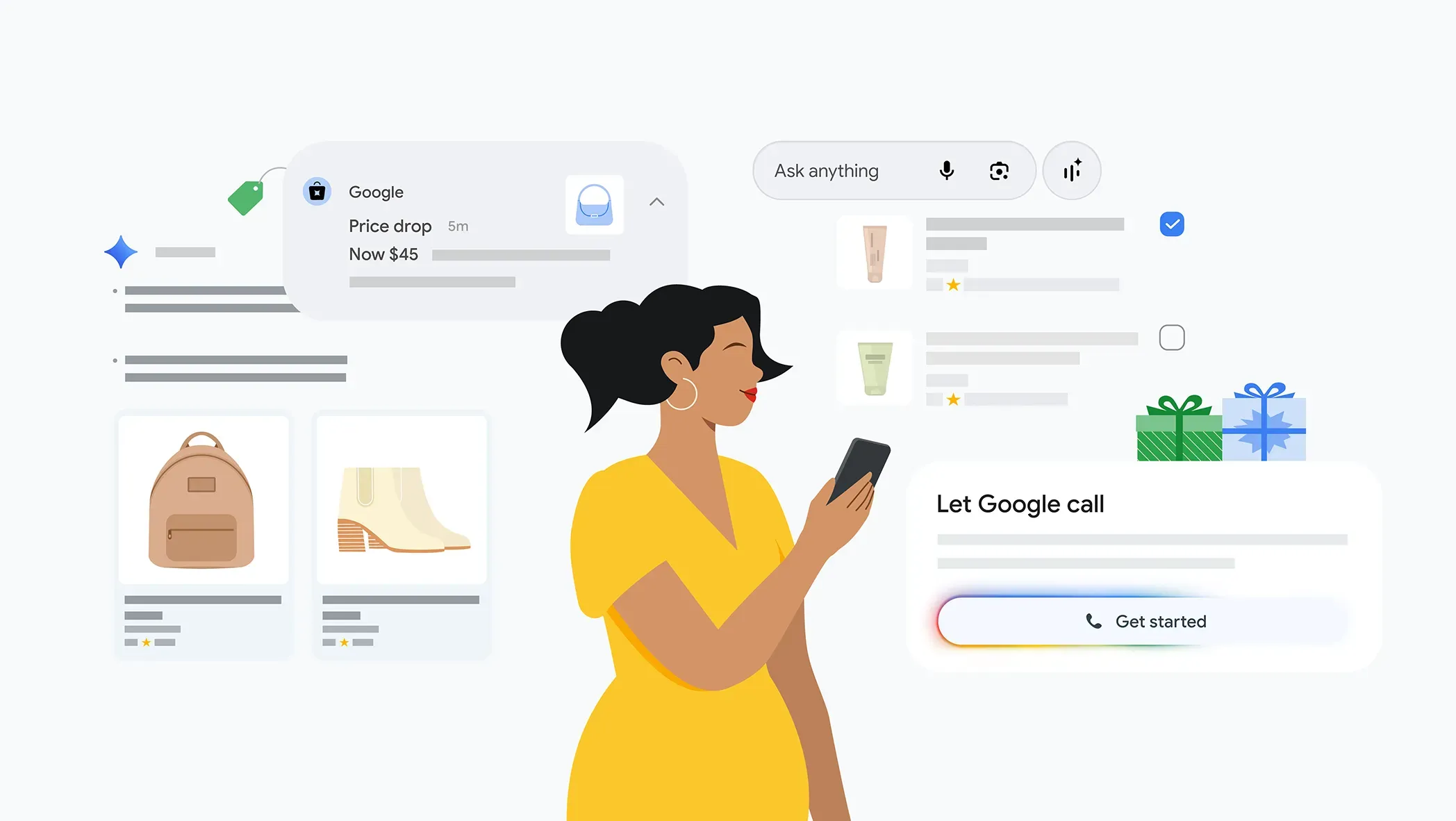
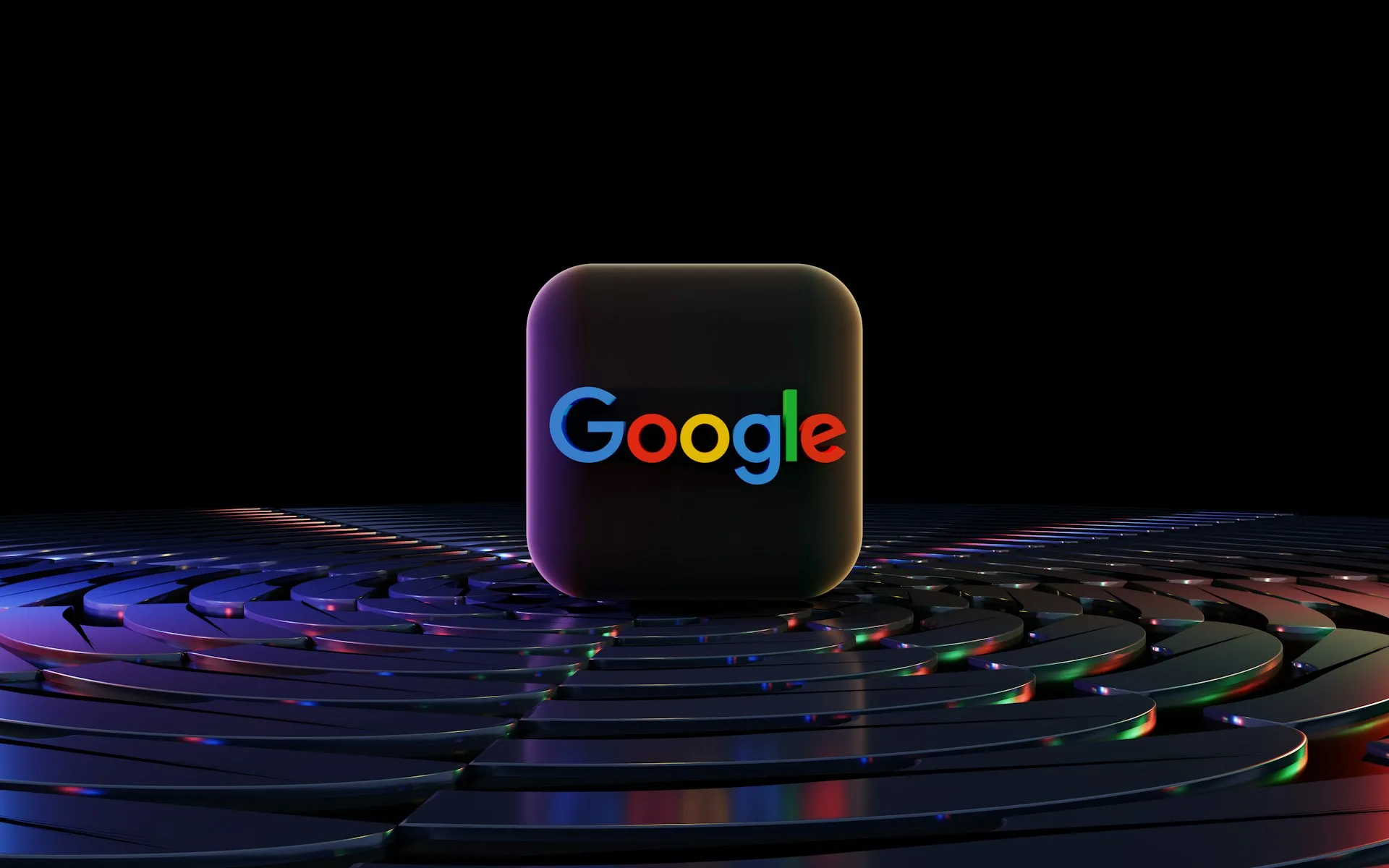


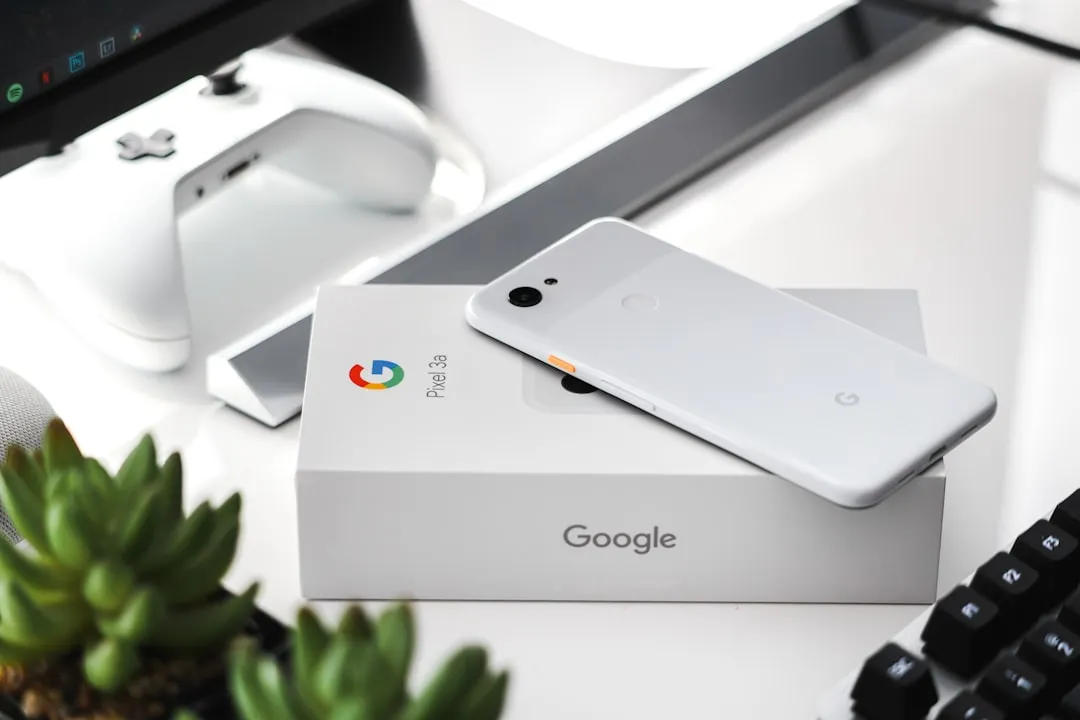
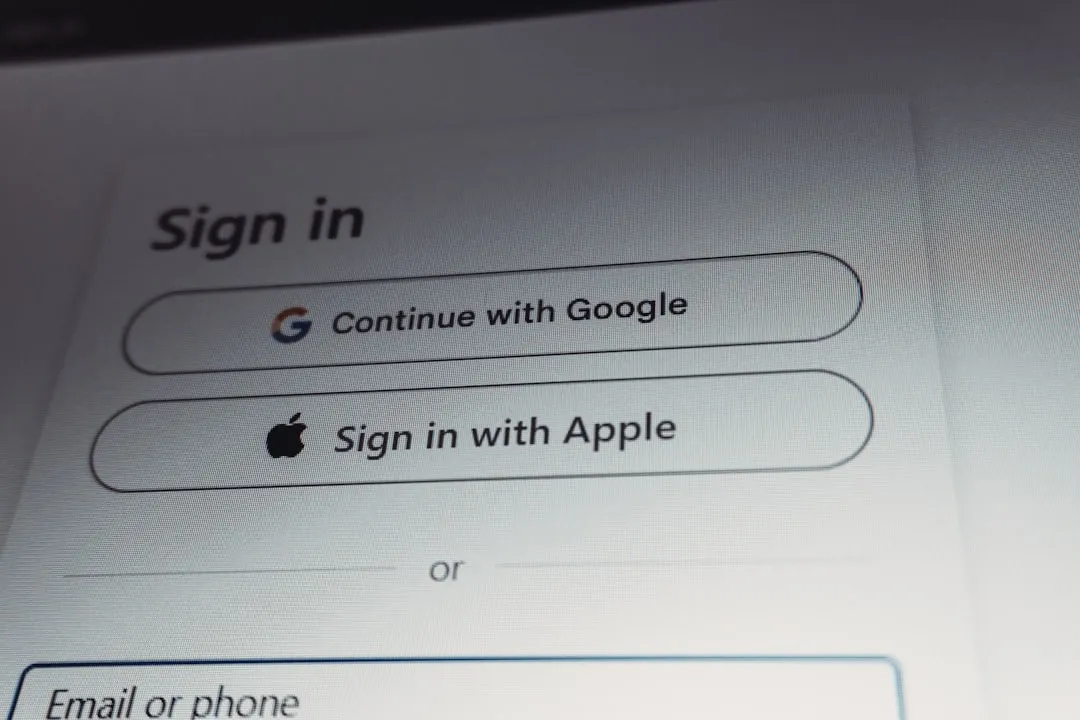
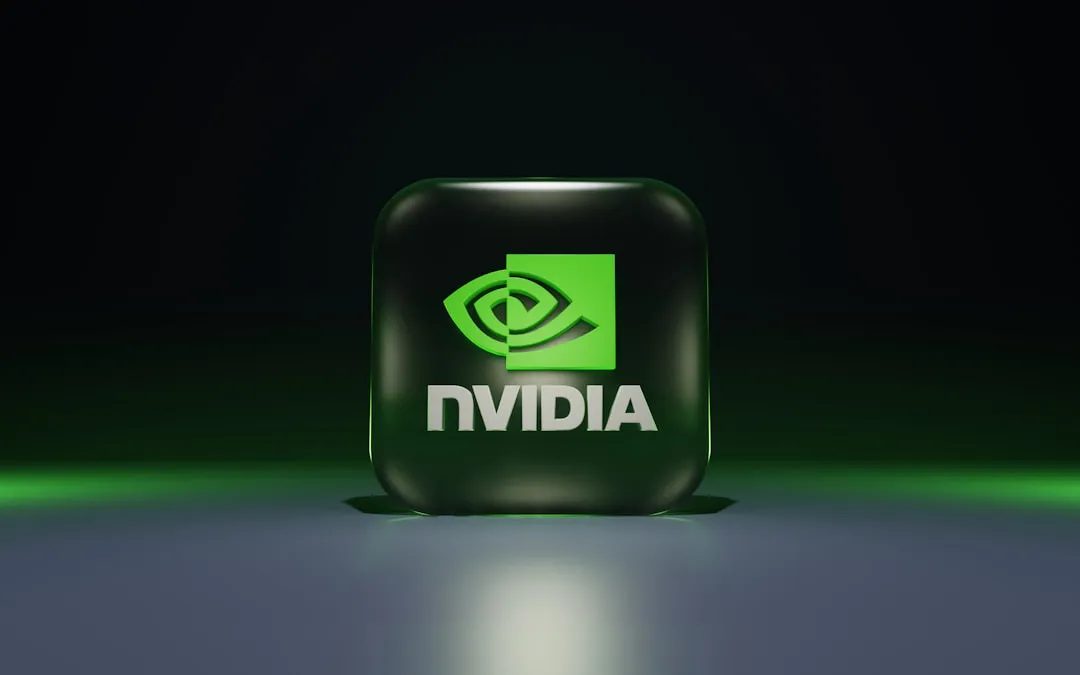
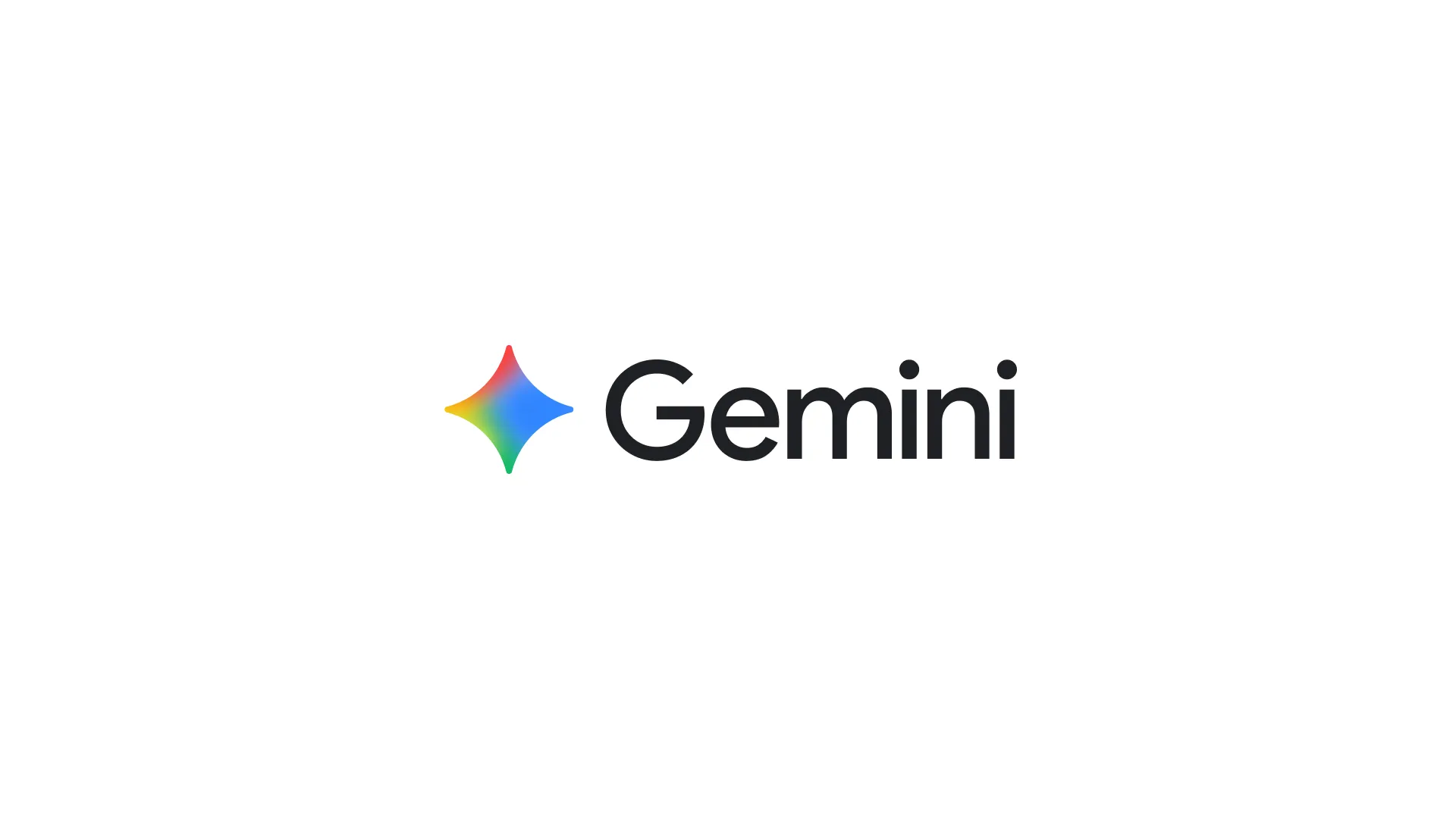

Comments
Be the first, drop a comment!